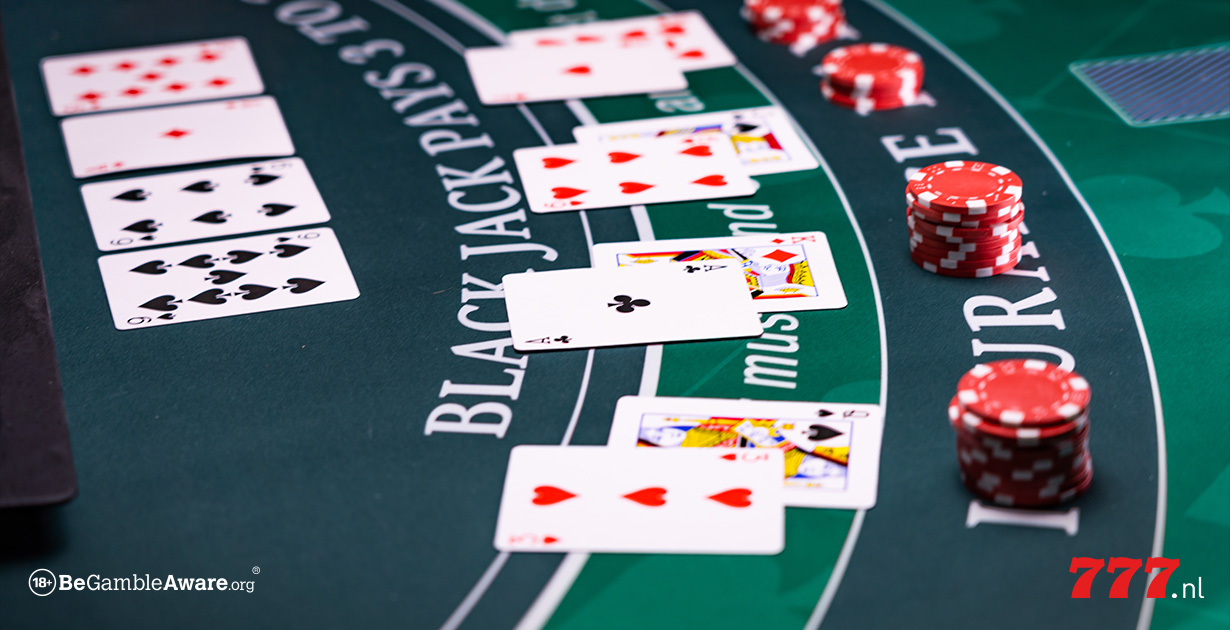For many players, online blackjack is not just an entertaining pastime but also an opportunity to test their strategic thinking skills. One of the most discussed strategies in the world of blackjack is the Kelly Criterion. This method provides a structured approach to get the most out of your gaming sessions while limiting the risk of loss. But what exactly is the Kelly Criterion, where does it come from, and how does it work? In this blog, we delve deep into the history and application of this strategy.
What is the Kelly Criterion?
The Kelly Criterion is a mathematical formula developed in the 1950s by John L. Kelly Jr., an American scientist and engineer. Originally designed for use in telecommunications, the formula was soon adopted by gamblers and investors as a method to maximise profits through an optimal betting strategy. The essence of the Kelly Criterion is the idea that you wager a percentage of your total capital based on your expected winning chances and the payout ratio. This ensures you bet more when the odds are favourable and less when they are not.
Who Was John L. Kelly Jr.?
John L. Kelly Jr. was a scientist at Bell Labs, one of the most prestigious research institutes in the United States. He published his findings on the Kelly Criterion in 1956 in a paper titled “A New Interpretation of Information Rate.” His work was based on information theory and was initially developed to minimise noise in telephone lines. However, his mathematical approach also proved extremely useful in the worlds of financial markets and gambling strategies. This made Kelly a pioneer in the development of mathematical strategies that are still in use today.
How Does the Kelly Criterion Work in Blackjack?
In blackjack, the Kelly Criterion is applied to determine how much you should bet based on the probability of your current hand winning. The formula can be simplified as follows:
f* = (bp – q) / b
Where:
- f* is the fractional amount of your total bankroll you should bet.
- b is the payout ratio (e.g., 1:1 in blackjack).
- p is the probability of winning.
- q is the probability of losing (1-p).
Suppose you have a bankroll of 1,000 euros, and you estimate your chances of winning at 55% (0.55) and your chances of losing at 45% (0.45). The payout ratio in blackjack is typically 1:1. The formula would work as follows:
f* = (1 * 0.55 – 0.45) / 1 = 0.10
This means you should bet 10% of your bankroll, or 100 euros. This approach helps players to play in a structured and long-term profitable manner.
Does the Kelly Criterion Only Work in Blackjack?
While the Kelly Criterion is often associated with blackjack, it can be applied to many other forms of gambling and investing where a certain level of predictability and known payout ratios exist. It is used by investors to manage risk in their portfolios and by sports bettors to make decisions based on odds offered by bookmakers.
The Risks and Dangers of the Kelly Criterion
The Kelly Criterion may sound like a guaranteed way to make profits, but it is essential to understand the risks. Firstly, it requires accurate estimates of the winning probabilities, which are not always easy or possible to make. Incorrect assumptions can lead to significant losses. Moreover, while the Criterion provides a strategic approach, it does not eliminate the possibility of losing; it merely minimises the risk.
Another danger is that players tend to overestimate their Kelly bet, especially in situations where their estimated winning chances are too optimistic. This can lead to an overly aggressive strategy, resulting in a rapid loss of the bankroll.
Example of Using the Kelly Criterion
Imagine you are playing blackjack with a bankroll of 2,000 euros, and you estimate that you have a 60% chance of winning a hand. Applying the Kelly Criterion would be:
f* = (1 * 0.60 – 0.40) / 1 = 0.20
This means you should bet 20% of your bankroll, or 400 euros. If you win, you now have a bankroll of 2,400 euros. By continuing to follow the Kelly Criterion, you consistently adjust your bet, allowing for balanced growth of your bankroll.
Notable Examples of the Kelly Criterion
The Kelly Criterion is popular not only among blackjack players but also among famous investors like Warren Buffett and Bill Gross. These investors have used the strategy to optimise their returns, ensuring they never risk too much of their capital on a single investment. This demonstrates the wide applicability of the Kelly Criterion, not only in gambling but also in the world of high-stakes finance.
Conclusion
The Kelly Criterion offers a mathematically sound approach to gambling and investing, focused on maximising profit and minimising loss. While it is a powerful tool, it requires careful use and accurate estimates to be effective. Whether you’re an online blackjack player or an investor, understanding the Kelly Criterion can help you refine your strategies and optimise your returns. As with all gambling strategies, however, it’s important to play responsibly and be aware of the risks involved.
Frequently Asked Questions about the Kelly Strategy in Blackjack
What is the Kelly Criterion exactly?
The Kelly Criterion is a mathematical formula that helps determine how much you should bet to maximise your profit and minimise your risk. It uses your chances of winning and the payout ratio to calculate the optimal bet.
Is the Kelly Criterion only used in blackjack?
No, the Kelly Criterion can be applied to various forms of gambling and investing, as long as there are known probabilities and payout ratios. It is popular among both gamblers and professional investors.
What are the risks of using the Kelly Criterion?
The main risks include inaccurate estimates of winning probabilities and placing too large bets, which can lead to quick losses. Playing carefully and realistically is essential for using the strategy effectively.




